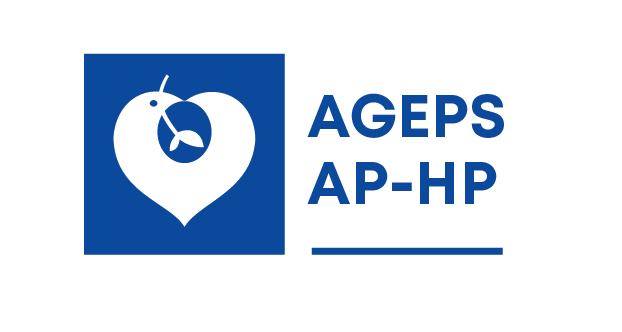François Bocquet (1) (2) (3), Pascal Paubel (2), Isabelle Fusier (3), Anne-Laure Cordonnier (3), Claude Le Pen (1), Martine Sinègre (3).
(1) Dauphine University, Paris, France,
(2) Paris Descartes University, France,
(3) General Agency of Equipment and Health Products (AGEPS), Assistance Publique-Hôpitaux de Paris (AP-‐HP), France
Objectives
Analyze factors influencing Erythropoietins (EPO) biosimilars (copies of patented EPO) (BIOSIM-EPO) uptakes in key global markets. Identify, if possible, country profiles where BIOSIM-EPO have taken market shares.
Methods
Countries inclusion criteria: legal definition and regulatory framework for biosimilars close to the EU ones; at least 3 years of experience with BIOSIM-EPO in 2012; national biological market value higher than US$ 2.5 billion. Factors evaluated: national EPO market sizes, EPO retail/hospital distribution mixes, existence of policy incentives that promote BIOSIM-EPO prescriptions or the substitution and BIOSIM-EPO prices relative to reference EPO. Data on medicine volumes, values and ex-manufacturer prices for all EPOs (alfa, BIOSIM-EPO (EPO alfa biosimilar), beta and second-generation ones) were provided by IMS Health. Volumes were calculated in DDD (Defined Daily Doses) and prices in euros per DDD. Data were available from 2007 until 2012.
Results
EU-5 and Japan have been included. Germany: small-sized market, dominant retail market distribution, incentives to prescribe BIOSIM-EPO (quotas) and to substitute patented for ‘bioidenticals’EPO, high BIOSIM-EPO uptakes (30.4% in 2012). Spain and Italy: medium-sized markets, dominant hospital distribution, no incentives, 11.5% and 8.6% BIOSIM-EPO uptakes respectively. Japan: the largest market, mixed distribution channels, no incentives, 6.8% BIOSIM-EPO uptake. France: large-sized market, dominant retail market distribution, no incentives, 5.8% BIOSIM-EPO uptake. The UK: the smallest market, mixed distribution channels, no incentives, and a 2.0% BIOSIM-EPO uptake. The price differences between BIOSIM-EPO and their reference play no role at a global level (e.g. -10.8% in Germany and -26.9% in Japan).
Conclusions
The EPO markets prove to be highly country specific. The existence of national prescription and substitution incentives is a determining factor of BIOSIM-EPO uptakes, unlike national EPO market sizes, EPO retail/hospital distribution mixes and BIOSIM-EPO prices relative to reference EPO which are not. No country profiles where BIOSIM-EPO takes particularly market shares have been identify.

